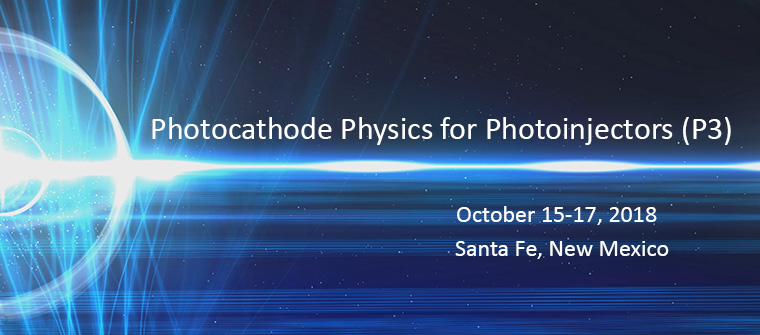Speaker
Description
Carefully designed and fabricated semiconductor heterostructures are key to tunable and optimal optoelectronic devices, often enabling ways to overcome the performance bottlenecks defined by imperfections and defects native to the semiconductor crystals. Visualizing structure, corelated with function at the relevant length, time and energy scales remain a key challenge, but also are an enabling tool. Whether used for energy harvesting, light emission or photoemission applications, the identification of the performance limiting defects often requires a combined use of many techniques. Traditionally electron microscopy is used to resolve morphology and structure with atomic resolution, while optical properties are measured with diffraction limited resolution typically defined by the wavelength of the excitation source. Electronic properties, on the other hand, are deduced from device performance characteristics typically on a micron scale. The disparity in resolution length scales between the different methods makes correlating structure with function a key challenge. In my talk I will describe recent developments in efforts to link defect morphology, structure and related changes in electronic properties to macroscopic figures of merit used to quantify device performance. In my talk I will focus on our efforts at the Molecular Foundry to develop a methodology that combines optical, electron and scanning probe spectro-microscopic methods. I’ll focus on study of optical properties of light emitting materials aimed at measuring optical properties of buried interfaces with time resolved two photon photoluminescence , as well as the premise of defeating the diffraction limit by use of cathodoluminescence.




